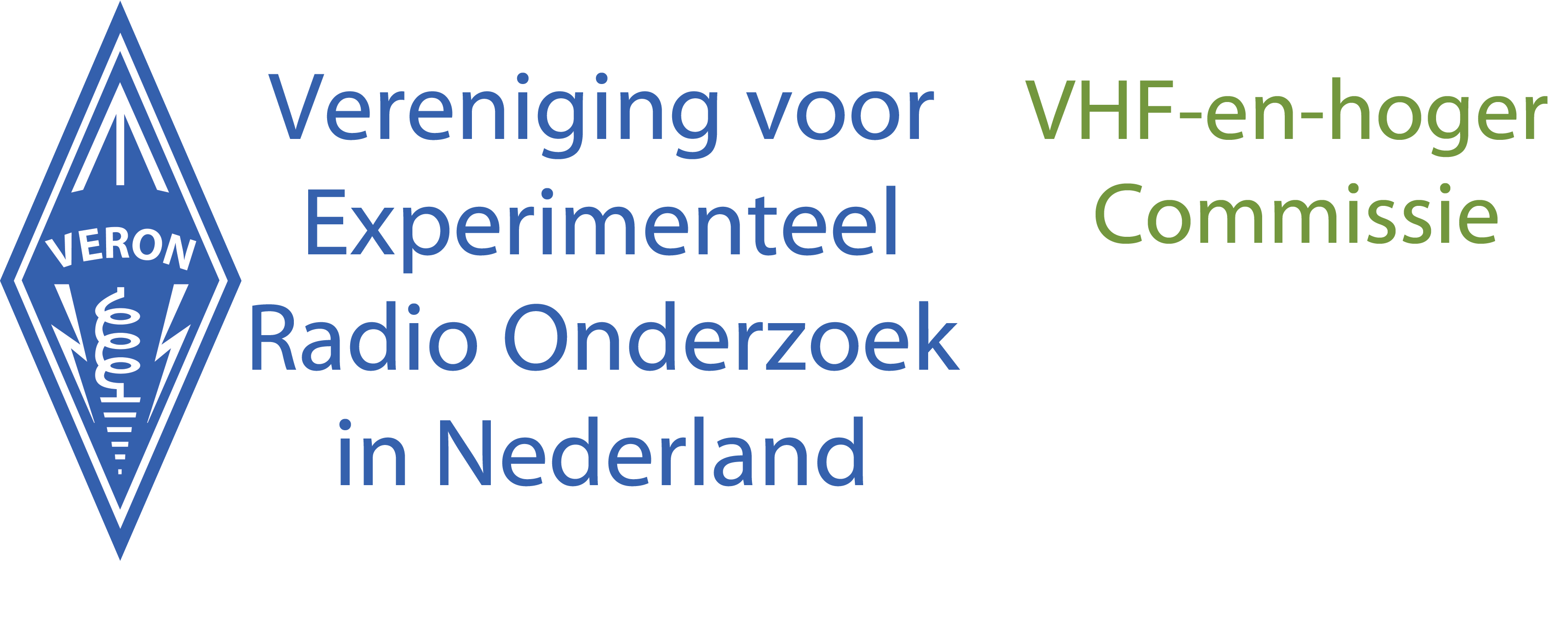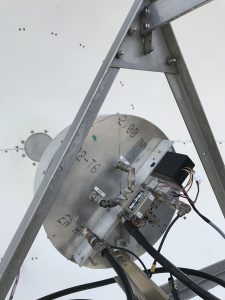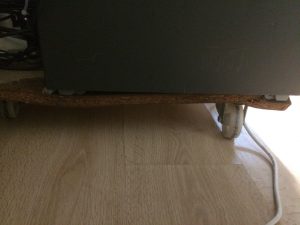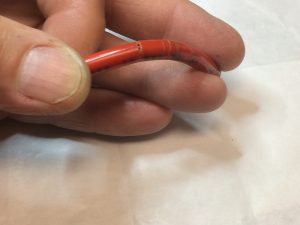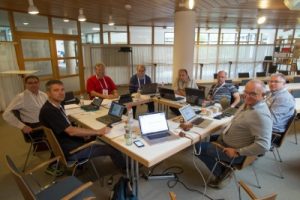2 ARISS schoolkontakten op woensdag 11 oktober
Op woensdag 11 oktober zijn er na elkaar 2 ARISS schoolcontacten te volgen. En wel om 11:48 UTC en om 15:24 UTC.
Als eerste komt om 11:48 UTC de Elementary School “21st of May”, in Podgorica, Montenegro. Dit is een direct contact tussen ISS en 4OØISS in de school. Joe Acaba, KE5DAR, is de astronaut die de vragen gaat beantwoorden.
De tweede rechtstreekse verbinding vindt ver buiten ons bereik plaats met een school in Maleisie en is via internet rechtstreeks te volgen. De link is: http://www.planetariumnegara.gov.my/?q=article/live-streaming . De link wordt om ongeveer 15:00 UTC geactiveerd. De astronaut in ISS is dit keer Mark Vande Hei ,KG5GNP
Hieronder volgt voor beide scholen een beschrijving van de school en de vragen die door de leerlingen worden gesteld.
73’s
Bertus
PE1KEH
===============================
School Information for
Elementary School “21st of May”, in Podgorica, Montenegro:
Primary School ’21 May’ Podgorica was opened on 21st may 2010, the marking date of the independence in Montenegro. In the first year of its operation, the school enrolled 540 students to attend classes given for the first nine years of their formal education. But the number of enrolled students is constantly increasing on daily basis, and thus enumerating 920 students today. Although opened seven years ago, this is still the youngest educational institution in Podgorica with classrooms and other facilities equipped with most modern teaching aids.
The school promotes many extracurricullar activities and after school clubs: choir, chess club, learning foreign languages, acting, literary circle. The school sports club is characterized by having departments in football, basketball and volleyball. Teaching process is attended on regular daily basis by 20 pupils with special educational needs, and 25 pupils, members of the Roma population, side by side with the rest of the students who gain their primary education in this institution.
Students First Names & Questions:
- Atena (12): What happens if a space rock hits that little space ship in a certain place, and breaks something inside there, what do the astronauts do?
- Vukan (12): Do you have some funny moments in non-gravity space?
- Berna (12): Do you listen to music in the space?
- Andrija (12): What did you feel like the first time you went to space?
- Jelena (12): How do you take a shower?
- Nemanja (13): What are you going to do when you see an asteroid that is going straight to hit the Earth?
- Ajsa (12): Can you really see the Great Wall of China or any other man-made buildings from the space?
- Bogdan (12): Are you afraid that something could go wrong with the spaceship or your space suits at any moment?
- Milica (12): Is it hard to stay up there without your loved ones, family and friends?
- Pavle (12): What happens when you go out of the space station and gravity of the planet pulls you away?
- Iva (13): Do you lose weight while orbiting Earth in your spaceship on your missions?
- Dorde (12): Do you get along with your partners at the station and on the ship?
- Jelena (12): Do you know what happens in the black hole?
- Amer (12): Is it possible to cry in space?
- Mia (13): Have you ever seen anything weird in space?
- Risto (13): Is your suit very heavy to wear?
- Sofija (12): Time is different in space, so do the astronauts age differently?
- Nemanja (13): How do you sleep in space?
- Stasa (13): Would you ever live in space?
- Miona (13): Were you afraid during launch?
==========================================
School Information for
The Alice Smith School Primary Campus, Kuala Lumpur, Malaysia:
The Alice Smith School, established since 1946 in Malaysia is one of the oldest British international schools in Asia. The school is a not-for-profit educational foundation situated on two campuses. The Primary Campus is at Jalan Bellamy and the Secondary Campus on Jalan Equine. The Alice Smith School follows the English National Curriculum with a strong international flavour. In 2011, the school was one of the first in Asia to be fully accredited as a British School Overseas by the Department for Education in London. ‘Excellent’ was the grade given in the most recent British Schools Overseas report for both the Primary and Secondary School Campuses by Tribal, a DfE approved inspectorate.
Students Questions: Students will be from primary school and are 5 to 10 years old.
- Were you afraid when you first launched into space?
- What is the most interesting object that you have seen from the ISS?
- Is space a good place to live?
- When you wear your full spacesuit, what happens if you get an itch?
- How often do you contact your family?
- What kind of emergency escape system does the ISS have in case of an emergency?
- What kind of noises do you hear in the ISS daily?
- Do plants grow differently in the ISS as compared to on earth?
- Is space radiation harmful to ISS occupants?
- Can you feel the coldness of space through your spacesuit during spacewalks?
- How do stars look like from the ISS as compared to from earth?
- What is the temperature of the interior surface of the windows in the ISS?
- Is there a doctor on board in case a crew member falls ill?
- Do you think space tourism will become a future reality?
- Do you observe national holidays and weekends in space?
